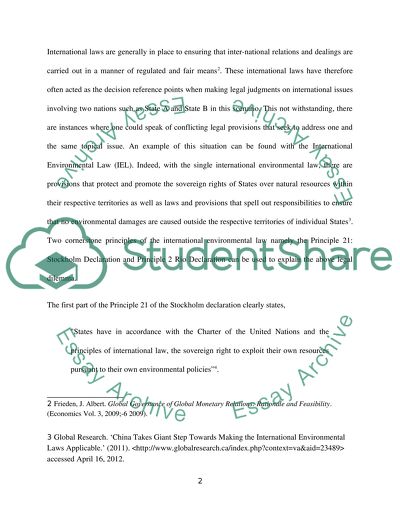Cite this document
(“GM crop case: The government of State A is considering approving Essay”, n.d.)
GM crop case: The government of State A is considering approving Essay. Retrieved from https://studentshare.org/law/1463011-gm-crop-case-the-government-of-state-a-is
GM crop case: The government of State A is considering approving Essay. Retrieved from https://studentshare.org/law/1463011-gm-crop-case-the-government-of-state-a-is
(GM Crop Case: The Government of State A Is Considering Approving Essay)
GM Crop Case: The Government of State A Is Considering Approving Essay. https://studentshare.org/law/1463011-gm-crop-case-the-government-of-state-a-is.
GM Crop Case: The Government of State A Is Considering Approving Essay. https://studentshare.org/law/1463011-gm-crop-case-the-government-of-state-a-is.
“GM Crop Case: The Government of State A Is Considering Approving Essay”, n.d. https://studentshare.org/law/1463011-gm-crop-case-the-government-of-state-a-is.


